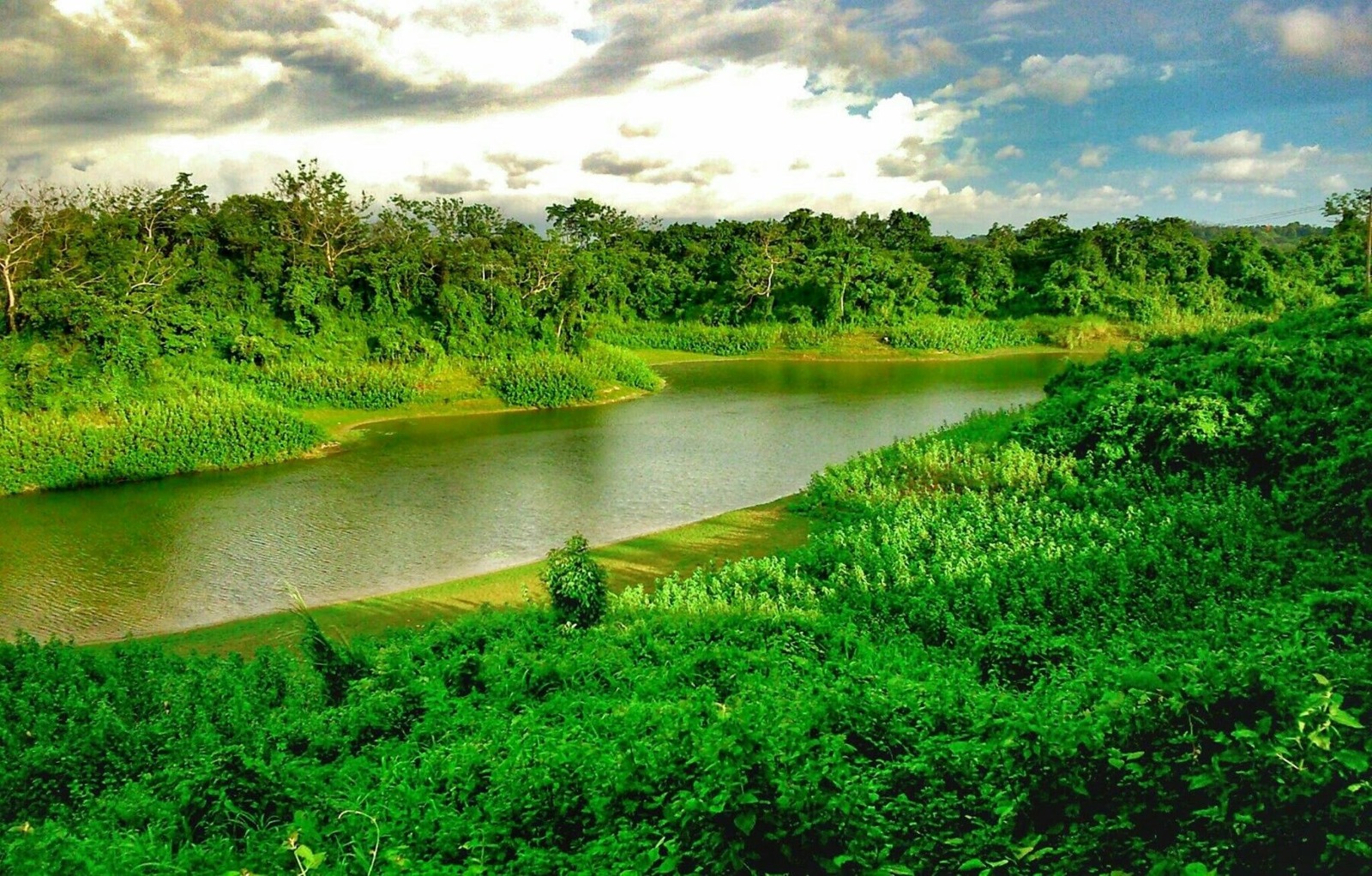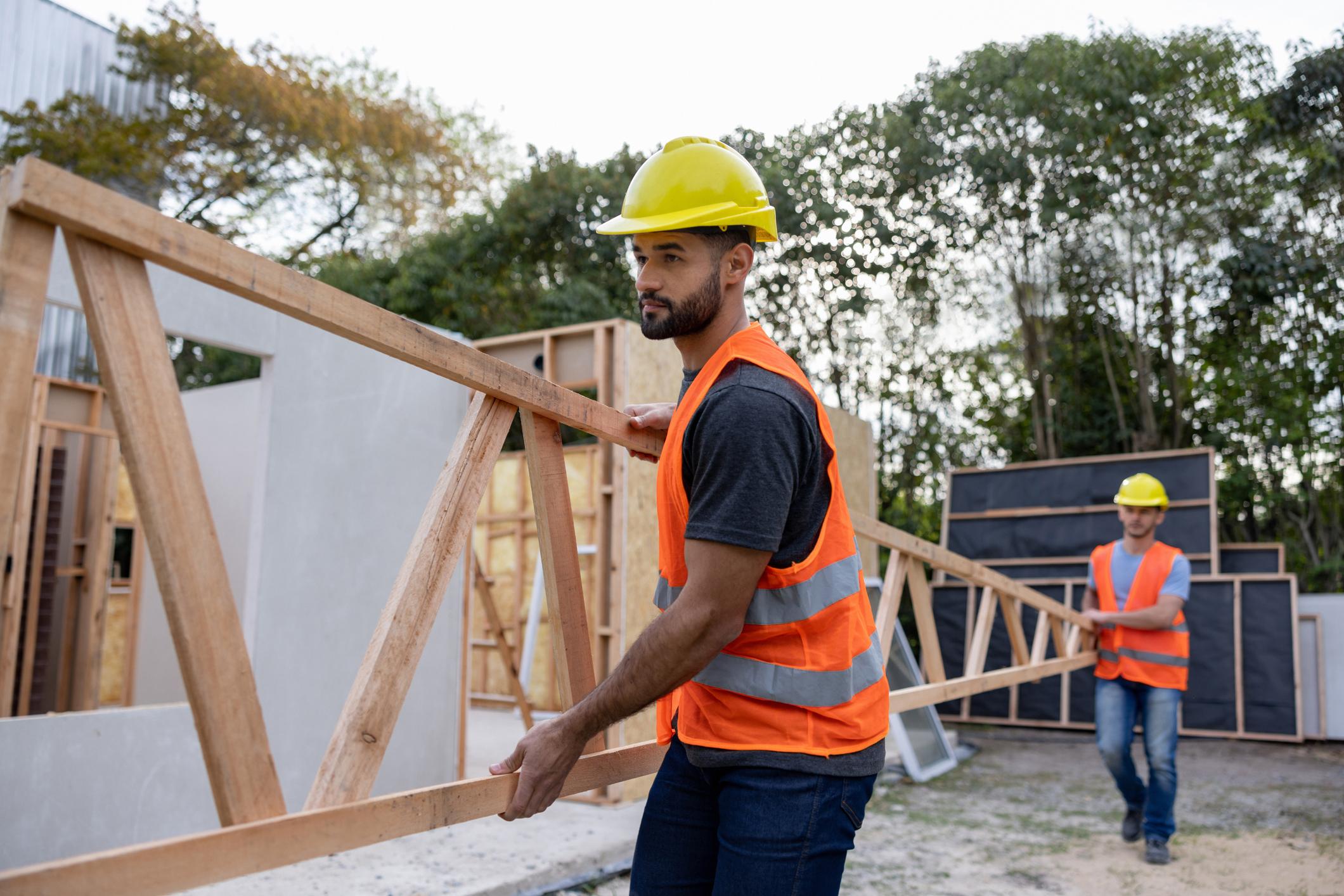Discover the Rich Cultural Heritage of Bangladesh
The Cultural heritage of Bangladesh is one of the most diverse, vibrant, and historically rich in South Asia. From its ancient archaeological ruins to its colorful traditional crafts, folklore, music, festivals, and religious harmony, the Cultural heritage of Bangladesh reflects a deep-rooted legacy that has evolved through centuries of diverse influences. The Cultural heritage of Bangladesh includes the language, literature, and arts of the Bengali people, along with the remarkable traditions of various indigenous communities across the country. The Cultural heritage of Bangladesh shines through its handwoven textiles, the timeless charm of rural life, traditional music like Baul and Lalon, and grand celebrations like Pahela Baishakh and Ekushey February. The Cultural heritage of Bangladesh is also represented in the architectural masterpieces from the Pala and Sultanate periods, Mughal mosques, British colonial buildings, and the modern artistic expressions seen today. Exploring the Cultural heritage of Bangladesh is like walking through a living museum, where every corner tells a story. Whether you are visiting rural villages, ancient temples, or folk art centers, the Cultural heritage of Bangladesh is deeply felt and proudly preserved by its people. The Cultural heritage of Bangladesh is not only valuable to its own citizens but is also a significant part of world heritage and human history. For anyone interested in history, culture, and human connection, the Cultural heritage of Bangladesh offers an unforgettable journey. DESHGHURI is your perfect companion for exploring the Cultural heritage of Bangladesh with authenticity and care.
Language and Literature: Soul of the Nation
The Cultural heritage of Bangladesh is incomplete without acknowledging the importance of the Bengali language. The Language Movement of 1952, which led to the declaration of International Mother Language Day by UNESCO, is a proud moment in the history of Bangladesh. Literature, poetry, and songs by Rabindranath Tagore, Kazi Nazrul Islam, and Jasimuddin reflect the richness of the Cultural heritage of Bangladesh. Folktales, rural rhymes, and spiritual songs have been passed down for generations, shaping the collective identity of the nation.
Traditional Crafts and Artistry
Bangladesh is home to centuries-old handcrafts that are an integral part of the Cultural heritage of Bangladesh. The legendary Jamdani sarees, nakshi kantha (embroidered quilts), terracotta art, and muslin fabric demonstrate the fine craftsmanship and creativity of Bangladeshi artisans. Rural fairs and cultural festivals offer the best opportunity to witness these handmade wonders that carry the spirit of the Cultural heritage of Bangladesh.
Music and Dance: Expressions of Soul
The Cultural heritage of Bangladesh shines through its musical heritage. Baul songs, which are spiritual in nature and performed by wandering minstrels, are now recognized as UNESCO Intangible Cultural Heritage. Classical music, regional folk songs, and traditional dance forms reflect the unity and diversity within the Cultural heritage of Bangladesh. Each region of the country has its own signature music style, deeply rooted in community traditions.
Religion and Spiritual Harmony
The Cultural heritage of Bangladesh is enriched by its religious diversity and peaceful coexistence. The country is predominantly Muslim, but it is also home to Hindu, Buddhist, and Christian communities. Temples, mosques, stupas, and churches stand side by side, reflecting a long tradition of tolerance and mutual respect. Religious festivals such as Eid, Durga Puja, Buddha Purnima, and Christmas are celebrated nationwide, showcasing the spiritual unity within the Cultural heritage of Bangladesh.
Historical Architecture and Monuments
From the ancient ruins of Mahasthangarh to the grand Shat Gombuj Mosque in Bagerhat, the Cultural heritage of Bangladesh is visible in its architectural treasures. Structures from the Pala, Sena, Mughal, and Colonial periods stand as testimony to the artistic and engineering brilliance of the past. These historical monuments are preserved as national pride and attract heritage lovers from all over the world.
Why Choose DESHGHURI?
When it comes to exploring the Cultural heritage of Bangladesh, DESHGHURI stands out as a reliable and culturally sensitive travel partner. Here’s why:
- Deep Local Knowledge: Our guides are passionate and knowledgeable about the Cultural heritage of Bangladesh, offering unique insights and untold stories.
- Customizable Cultural Tours: We create tailor-made experiences based on your interests—whether it’s music, architecture, festivals, or rural traditions, we bring the Cultural heritage of Bangladesh to life.
- Authentic Experiences: Travel with us to remote villages, artisan workshops, and hidden heritage sites where the Cultural heritage of Bangladesh thrives away from mainstream tourism.
- Sustainable Practices: We promote responsible tourism by working with local communities to protect the Cultural heritage of Bangladesh and support traditional artisans.
- Memorable Journeys: Every tour is designed to be enriching and memorable, connecting you emotionally with the living Cultural heritage of Bangladesh.
Frequently Asked Questions
1. What is the best time to explore the Cultural heritage of Bangladesh?
The best time is between October and March when the weather is pleasant and many cultural festivals take place, offering a full experience of the Cultural heritage of Bangladesh.
2. Is it safe to visit cultural and heritage sites in Bangladesh?
Yes, the Cultural heritage of Bangladesh can be explored safely, especially with DESHGHURI’s experienced guides who ensure secure and well-organized travel.
3. Can I participate in local festivals or rituals?
Absolutely! One of the best ways to experience the Cultural heritage of Bangladesh is by joining local celebrations like Pahela Baishakh or traditional weddings, which we can arrange for you.
4. Are there opportunities to learn crafts or traditional music during the trip?
Yes, we offer interactive workshops with local artisans and musicians, so you can engage deeply with the Cultural heritage of Bangladesh.
5. Do I need a guide to explore heritage sites?
While some sites are open to all, having a guide from DESHGHURI enriches the experience, as they interpret the deeper meanings and stories behind the Cultural heritage of Bangladesh.
Join Us and Celebrate the Culture
The Cultural heritage of Bangladesh is a living expression of its people’s soul—colorful, resilient, and full of life. From folklore to festivals, temples to textiles, every encounter is a doorway to a deeper understanding of the nation’s identity. Let DESHGHURI be your guide as you uncover the wonders of the Cultural heritage of Bangladesh, where every journey becomes a celebration of tradition, creativity, and human connection.














Post Comment